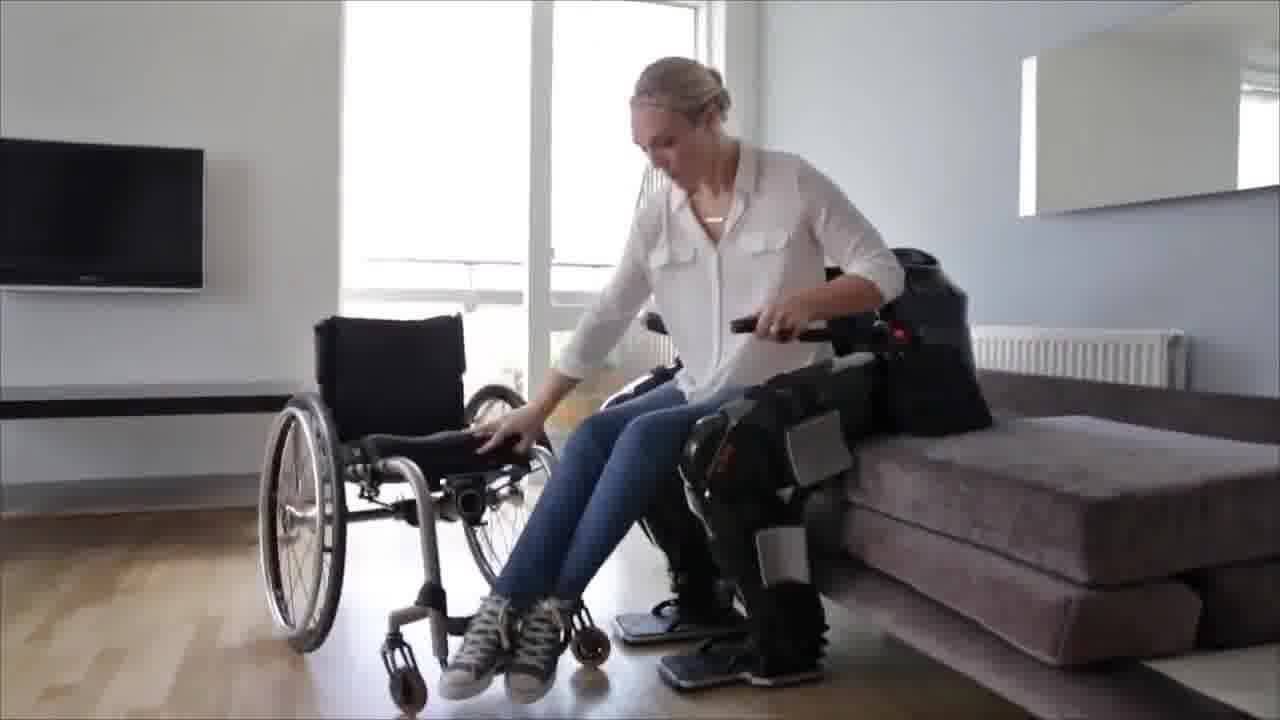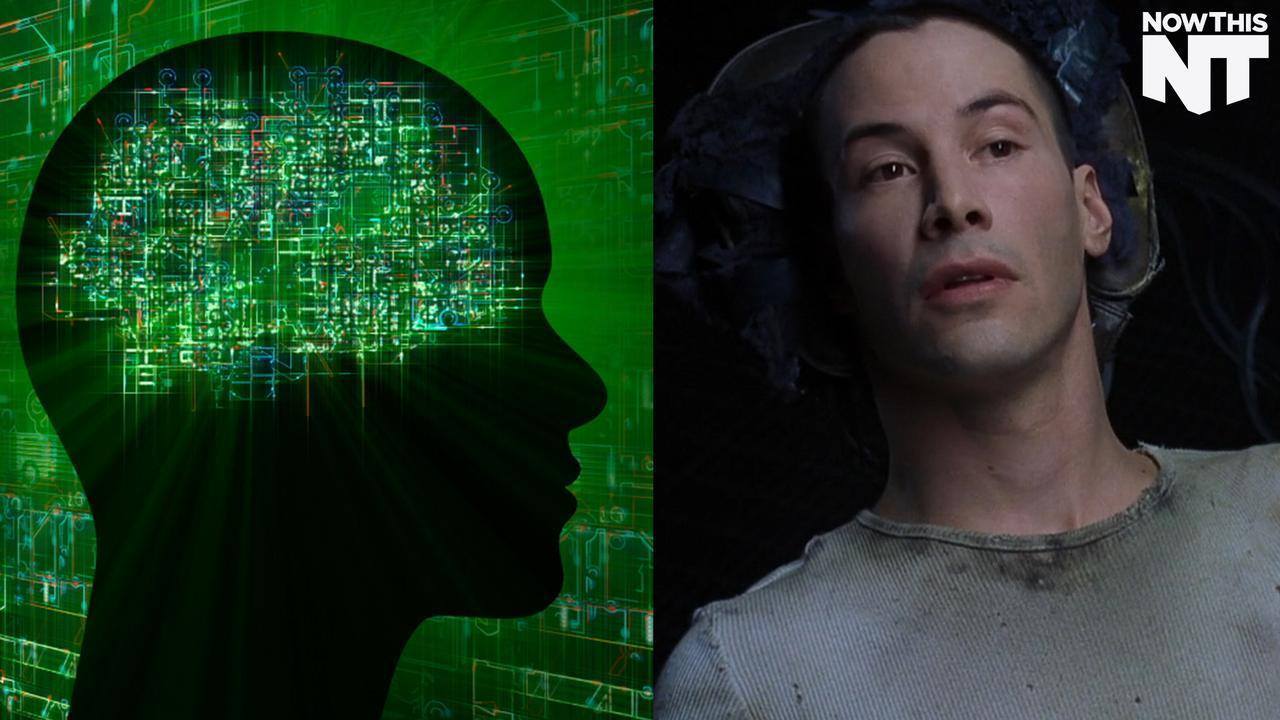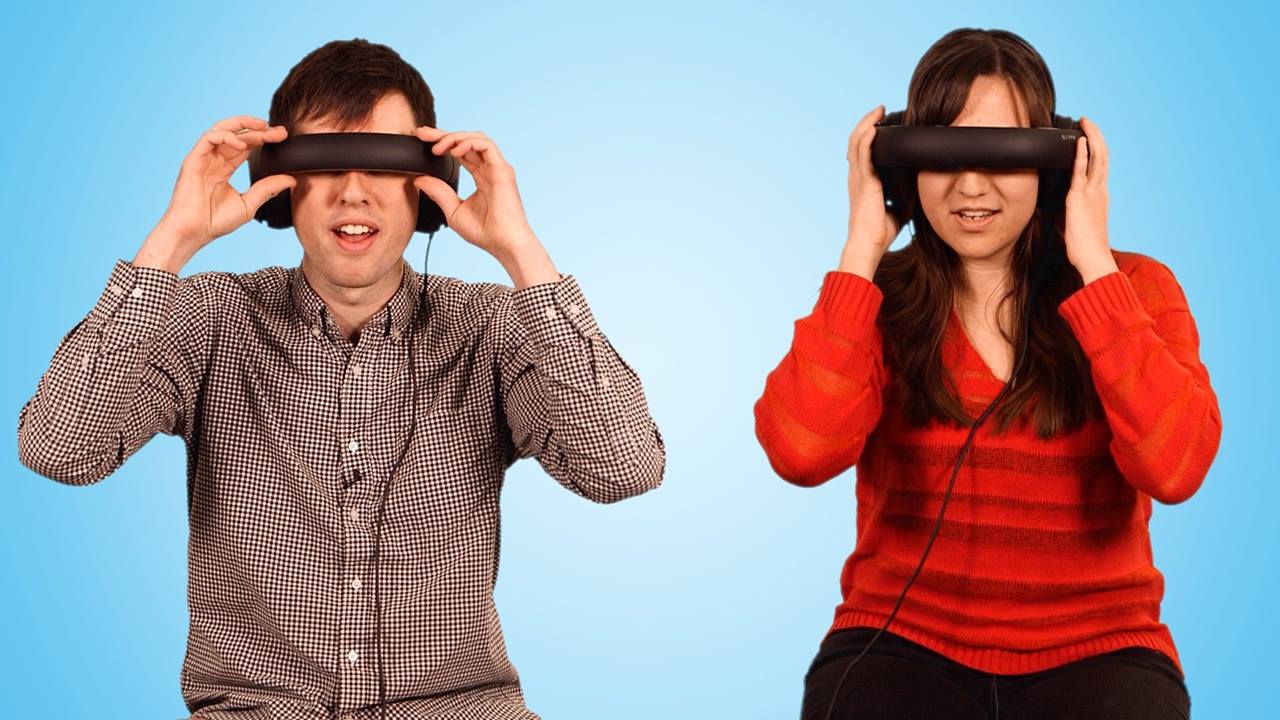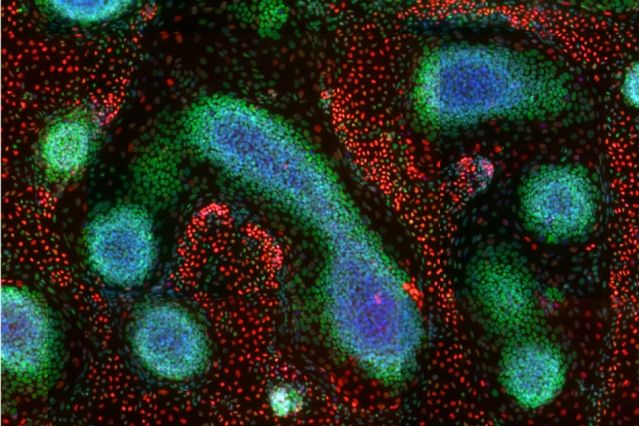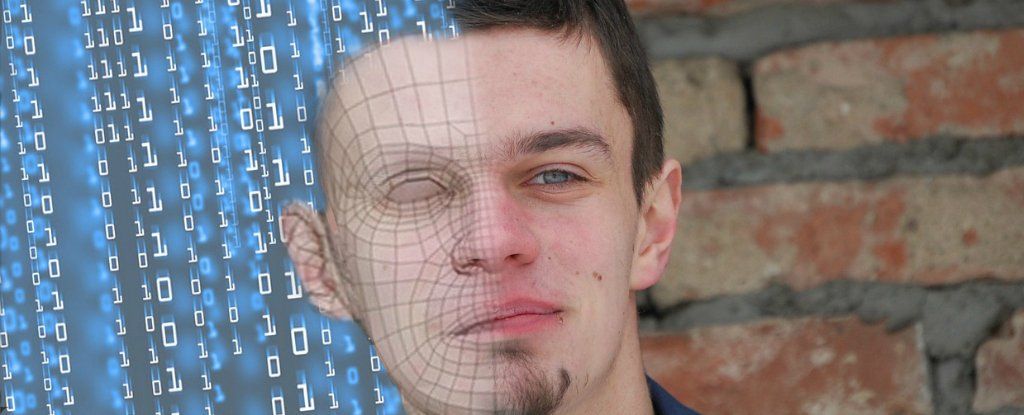Page 11844
Jan 23, 2016
The government is working on a computer to attach to your brain
Posted by Shailesh Prasad in categories: computing, neuroscience

I usually keep my posts focused on business and technology; etc. However, as a professional, innovator, researcher, etc. I like sharing incredible finds that I come across. And, in my recent year, I came across a composer who is probably one of our greatest composers of our generation (at least to me he is). His name is Magnus Strömqvist, and he composed this incredible song entitled “” — there is truly one word that comes to mind when you hear this song “Powerful”.
© 2011 (M. Strömqvist) All rights reserved Music composed, arranged and produced by M. Strömqvist.
Jan 23, 2016
Education Technology Graduates From the Classroom to the Boardroom — By Natasha Singer | The New York Times
Posted by Odette Bohr Dienel in categories: business, education, software
“The money pouring into ed tech tells a different story, however. Despite the volume of novel products aimed at schools, the biggest investments are largely going to start-ups focused on higher education or job-related skills — businesses that feed a market of colleges, companies and consumers willing to spend to promote career advancement.”
Jan 23, 2016
Microsoft Neural Net Shows Deep Learning Can Get Way Deeper
Posted by Shailesh Prasad in categories: neuroscience, robotics/AI
Deep learning technology is advancing at a rapid rate, and experts assert that these developments will soon allow seamless speech and language recognition.
Jan 23, 2016
Headphones that project movies into your eyes
Posted by Shailesh Prasad in category: entertainment
Jan 23, 2016
For VR to be truly immersive, it needs convincing sound to match
Posted by Karen Hurst in categories: electronics, neuroscience, virtual reality
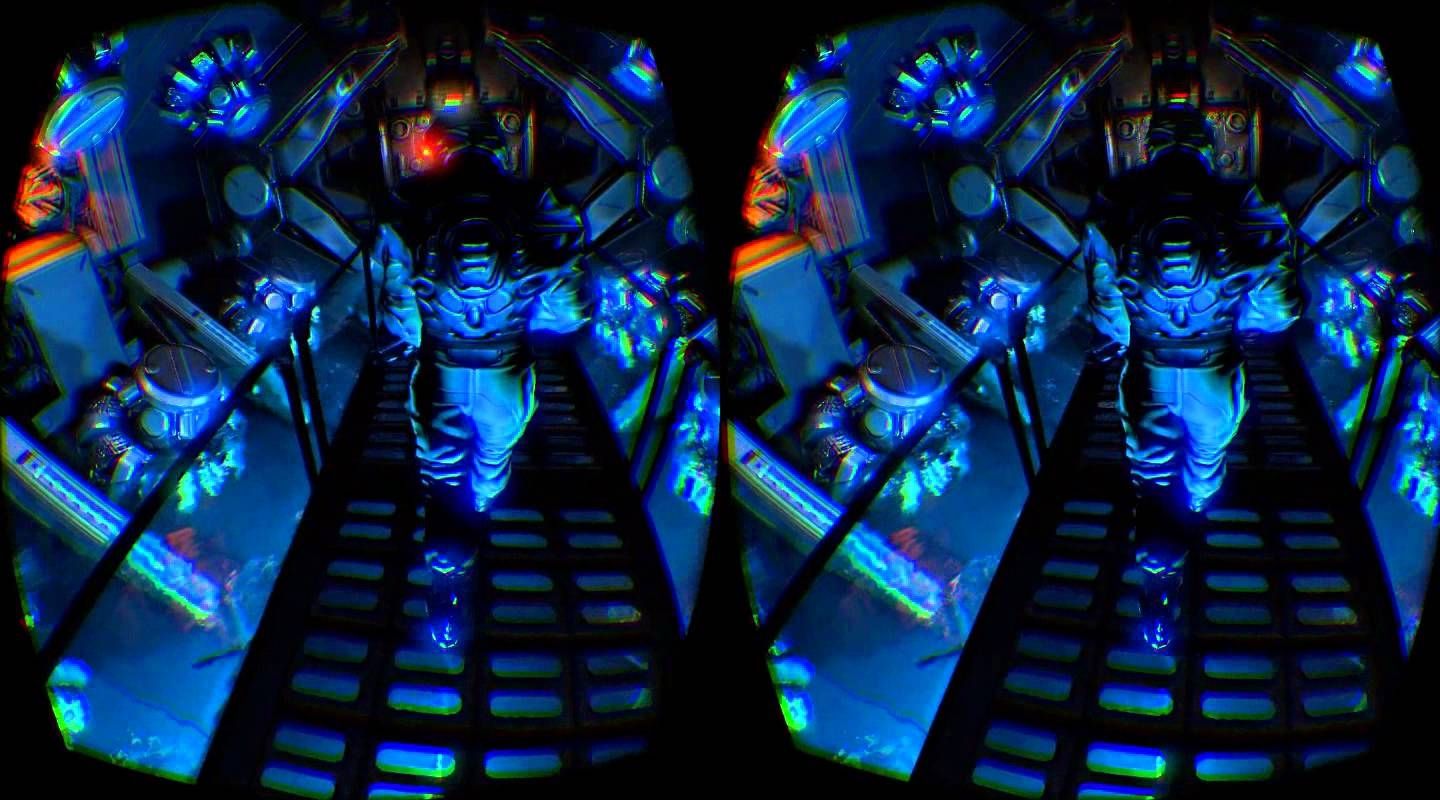
The VR sound barrier; how do we address?
I’m staring at a large iron door in a dimly lit room. “Hey,” a voice says, somewhere on my right. “Hey buddy, you there?” It’s a heavily masked humanoid. He proceeds to tell me that my sensory equipment is down and will need to be fixed. Seconds later, the heavy door groans. A second humanoid leads the way into the spaceship where my suit will be repaired.
Continue reading “For VR to be truly immersive, it needs convincing sound to match” »
Jan 23, 2016
Researchers coax human stem cells to form complex tissues
Posted by Alexandros El in categories: biotech/medical, computing, engineering
The technique, which also has near-term implications for growing organ-like tissues on a chip, was developed by researchers at MIT and is unveiled in a study published today in the journal Nature Communications.
Growing organs on demand, using stem cells derived from patients themselves, could eliminate the lengthy wait that people in need of a transplant are often forced to endure before one becomes available.
It could also reduce the risk of a patient’s immune system rejecting the transplant, since the tissue would be grown from the patient’s own cells, according to Ron Weiss, professor of biological engineering at MIT, who led the research.
Jan 23, 2016
Study suggests the Internet really could out-evolve humanity
Posted by Shailesh Prasad in categories: evolution, internet, robotics/AI
This article was written by Michael Gillings, Darrell Kemp, and Martin Hilbert from the University of California, Davis, and was originally published by The Conversation.
Living things accumulate and reproduce information. That’s really the driving principle behind life, and behind evolution. But humans have invented a new method of accumulating and reproducing information. It’s digital information, and it’s growing at an astonishing speed. The number of people using the internet is growing, as are the devices connected to it through the Internet of Things.
Digital information can copy itself perfectly, increases in copy number with every download or view, can be modified (mutated), or combined to generate novel information packets. And it can be expressed through artificial intelligence. These are characteristics similar to living things. So we should probably start thinking about digital technology as being like an organism that can evolve.
Jan 23, 2016
New Algorithm May Someday Enable Scientists to Regrow Limbs and Replace Damaged Organs
Posted by Shailesh Prasad in categories: biotech/medical, genetics, information science, life extension, neuroscience
A new algorithm has been developed that will drastically reduce the time and effort needed to create induced pluripotent stem cells (iPSCs). As a result of this breakthrough, we can expect a dramatic revolution in regenerative medicine in the near future.
What if you could directly reprogram cells to develop into whatever you wished? What if you could take an undifferentiated, incipient cell, full of the unrealized potential to become any one of the many specialized cells in the human body, and nudge it into becoming ocular tissue, or neural cells, even a new heart to replace an old or damaged one?
This is the promise afforded by Mogrify, the result of the application of computational and mathematical science to the problems of medicine and biology. It was developed by an international collaboration of researchers from the Duke-NUS Medical School in Singapore, the University of Bristol in the United Kingdom, Monash University in Australia, and RIKEN in Japan. The new research was published online in the journal Nature Genetics.
